Sed-Pet Week 1
1/63
Earn XP
Name | Mastery | Learn | Test | Matching | Spaced |
|---|
No study sessions yet.
64 Terms
Porosity
Percentage of pore spaces in a mineral/rock
Permeability
Interconnectedness of pore spaces
Fabric
Arrangement grains and components in a rock
Phosphorites
Rock made from phosphates like apatite
Carbonates
Rocks that are made of organic rich material. Form from precipitation of CACO3, susceptible to dissolution
Clasts
physical particles in rocks of varying sizes (4 microns - several meters) resulting from weathering and erosion
Siliciclastic sediment
Sedimentary rocks composed mainly of silicate minerals (SiO4) and derived from the weathering of pre-existing rocks. Not very susceptible to dissolution. Mainly made from gravel-sized grains
Broad classification of sedimentary rock
Siliciclastic rocks (silica-rich), chemical-biochemical rocks (formed from precipitation), carbonaceous (organic) rocks

Modern oil and gas exploration
Targeting shales - direct secretion of oil through breakdown of organic material. Previously, sandstone/limestone was the target
Textural maturity
How well rounded/sorted grains are, their shape. Mature might be rounded quartz grains, immature might be angular grains of various minerals
Compositional maturity
Composition of grains in a rock (mineralogy). Which grain types withstand a lot of weathering and which do not. Quartz used as indicator due to high stability at earth’s surface
Depositional environment and maturity
Low energy environments (floodplains, alluvial fan) tend to have less mature sediment due to lower ability to move grains around. High energy environments (beaches, sand dunes) can move grain much more easily and break them down, so you find more mature grains
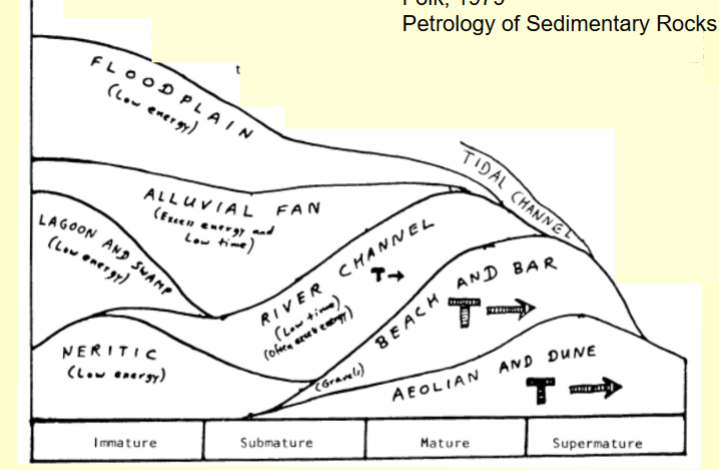
Sediment basin
Accumulation of sediment at least 1 km thick and greater than 100k km in size
Extensional basin
Forms as result of extension from a normal fault. The basin is created in the depression that appears when plates diverge
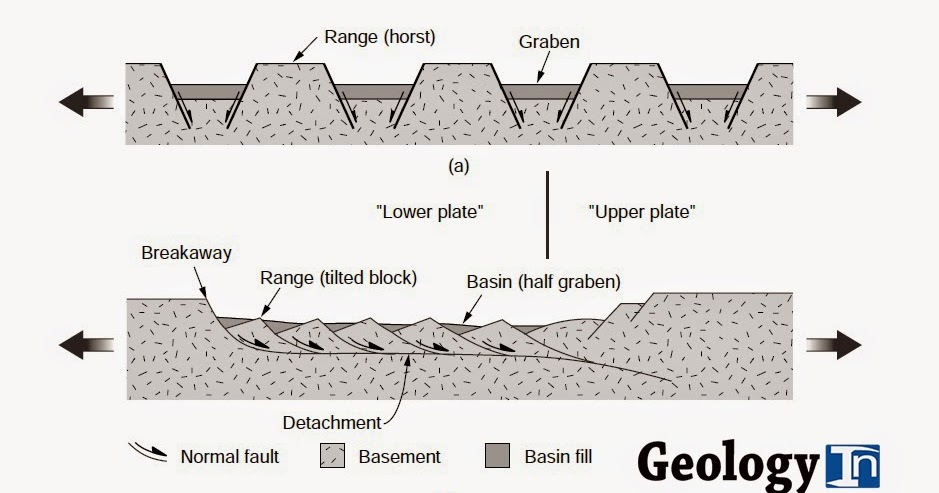
Active margin
One plate moves closer to another and there is little space between them (on a fault line). Tectonically active zone characterized by earthquakes and volcanism. Narrow shelf with steep slopes and ocean trenches; subduction zone
Passive margin
Plates move away from each other, but there is a lot of space in between them (not directly on a fault line). Gentle slope with wide continental shelf. Result of continental rifting (divergent boundary)
Diagenesis
The dissolution/destruction of some elements in sediment, introduction of new minerals, and eventual lithification
Humic materials
carbonaceous materials made of woody residues of plant tissue (chief component of most coals)
Sapropelic residues
remains of spores, phytoplankton, and macerated plant debris in water (chief constituents of cannel coals and oil shale)
Bitumens
Solid asphaltic residues that form from petroleum via loss of volatiles, oxidation, or polymerization
Sedimentary rocks began to form when
Earth’s atmosphere and oceans developed, since they helped in degassing the interior. Now they cover ~80% of land area
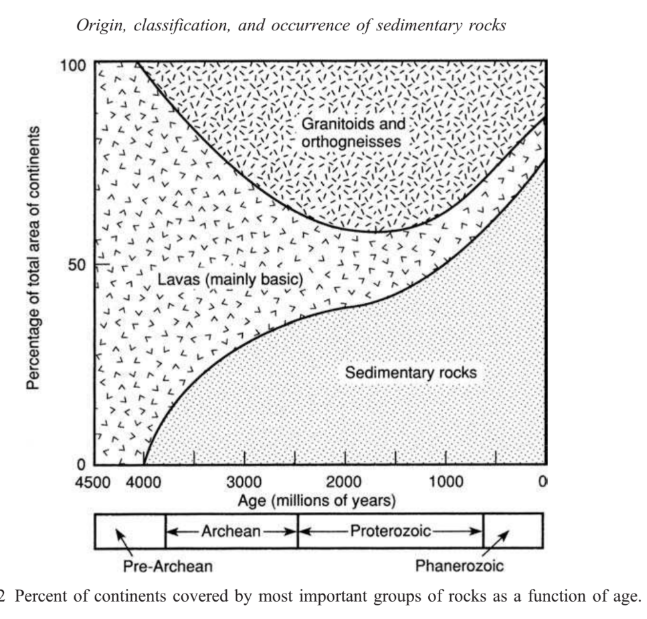
Most easily destroyed sedimentary rocks
Evaporates, due to their reactive nature and solubility. Next is limestone, then dolomite, shales, sandstones, and last, volcanic sediments
Constant mass model
Assumes early degassing of earth. All water in the hydrosphere and atmosphere were released at this time, along with other acidic gases that could react with igneous rock. Since that time, no totally new sediment has been created due to recyling
Linear accumulation model
Assumes water, CO2, and HCl are degassed constantly from the earth’s interior. New sedimentary rock has thus continued to form from igneous rock. Therefore, the mass of sediments has grown linearly from 0 to its current mass
Volcanic source rocks
originate in magmatic arc settings
Plutonic igneous rocks
originate in continental block provinces
Metamorphic/sedimentary rocks
Originate in orogenic belts from tectonic collisions
Accumulation space
space available in a sediment basin where sediment can accumulate at any time
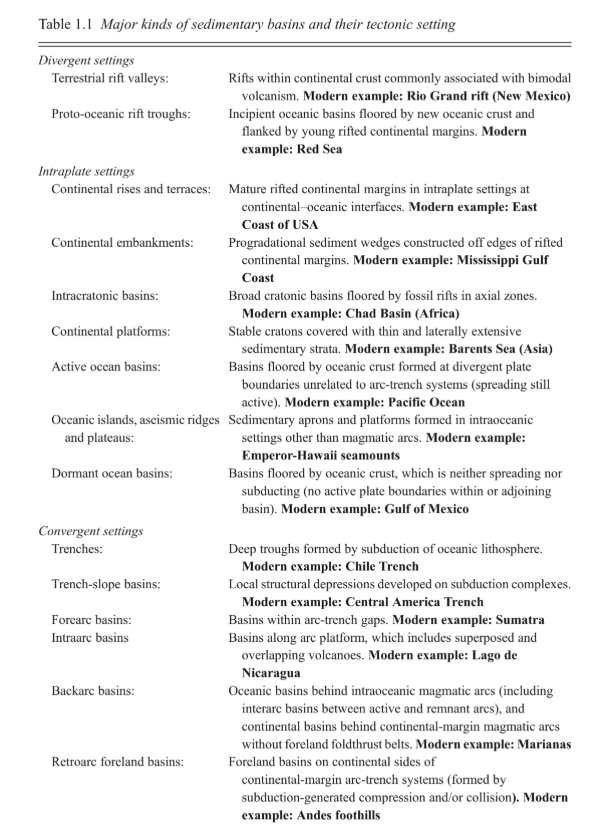
Kinds of sedimentary basins
cont.
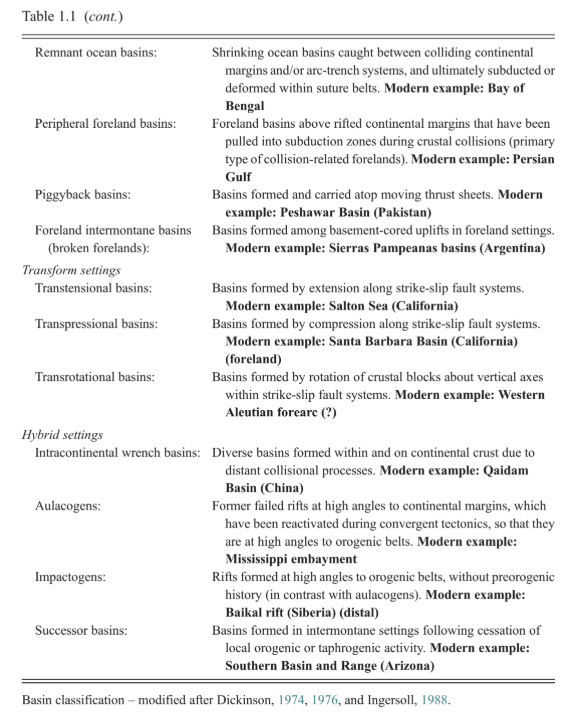
Tectonic setting governs…
The kinds of source rocks available to provide sediment to basins, and the composition of those sediments
Factors that control/affect depositional processes
lithology of parent rock
climatology and slope of source area (affects transport and mineral stability)
rate of basin subsidence
size/shape of basin
Conglomerates
sedimentary rock composed of rounded pebbles, cobbles, or boulders larger than 2mm, cemented together by a finer-grained matrix of sand, silt, or clay
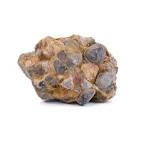
Ultra-stable clasts
Quartzite, chert, quartz veins
Metastable to unstable clasts
all other clasts besides quartz variants
Quartzose conglomerates
Conglomerates made from framework grains that consist of mainly ultra-stable clasts (90%)
Petromict conglomerates
Conglomerates that contain few ultra-stable clasts. More likely to be first cycle deposits
Most of the sedimentary rock record consists of
mudstone
Synthetic fault
Secondary fault associated with a larger, primary fault, where its direction of slip and dip are the same as the main fault. Occurs in extensional/strike-slip environments
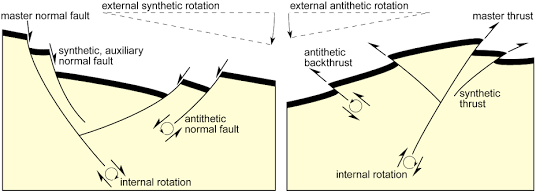
Anti-synthetic fault
dips and moves in the opposite direction of the main fault. Occurs in extensional/strike-slip environments. Layers of sediment thicken toward the fault
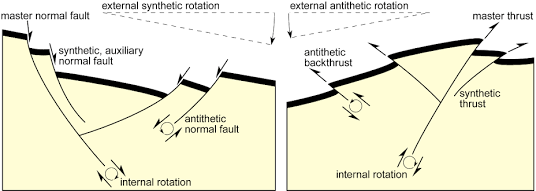
Continental embankment
Feature of a continental margin; a ridge of sediment deposited at the edge of a continent where the shallow continental shelf gives way to the deeper ocean
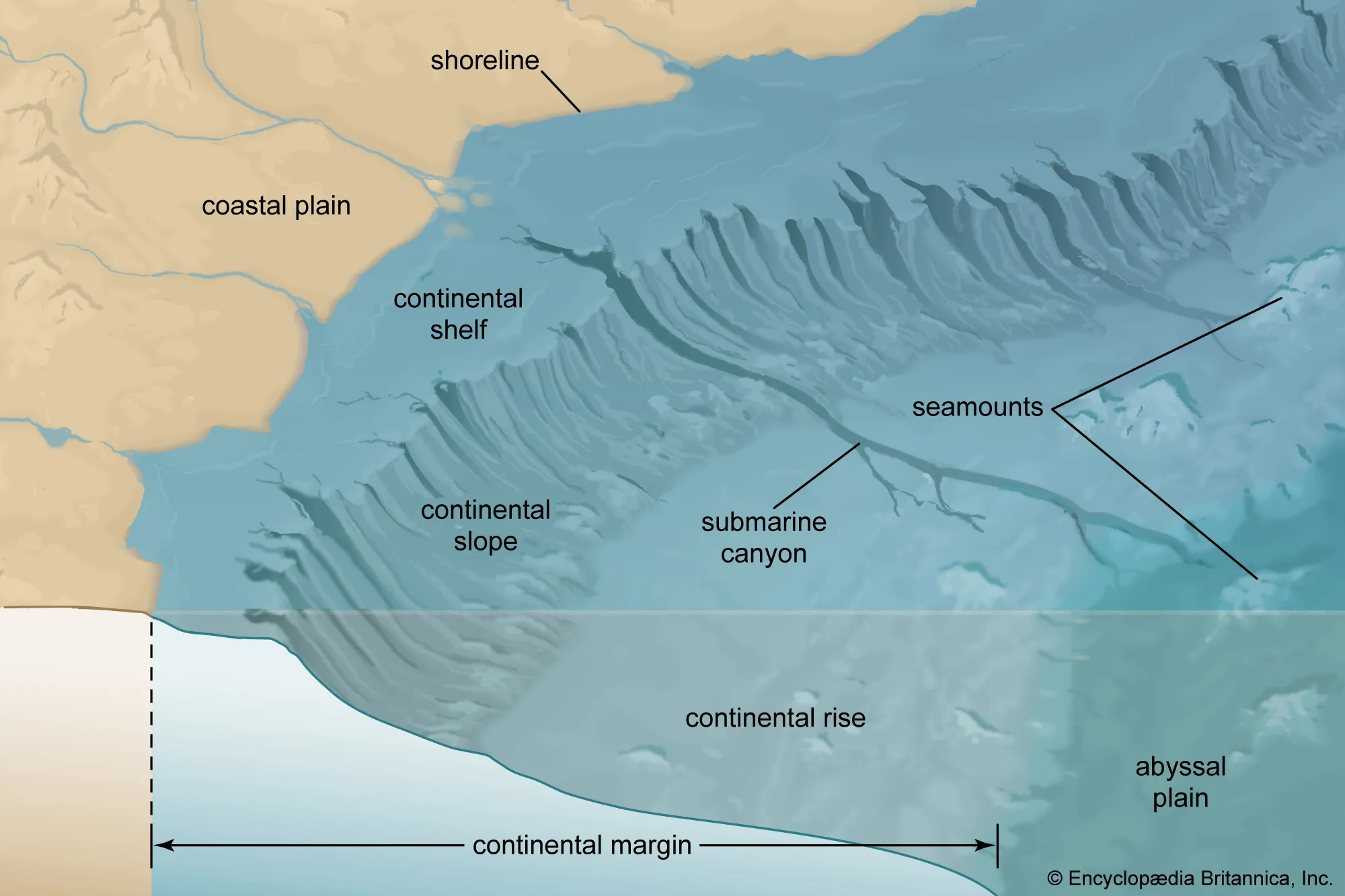
Most faults do not progress into the
Post-rift sequence of an area. It is generally less deformed than syn and pre-rift strata
Rift to drift transition
geological shift from continental rifting, a process of crustal stretching and thinning, to seafloor spreading, where new oceanic crust forms at a mid-ocean ridge and the landmasses begin to drift apart
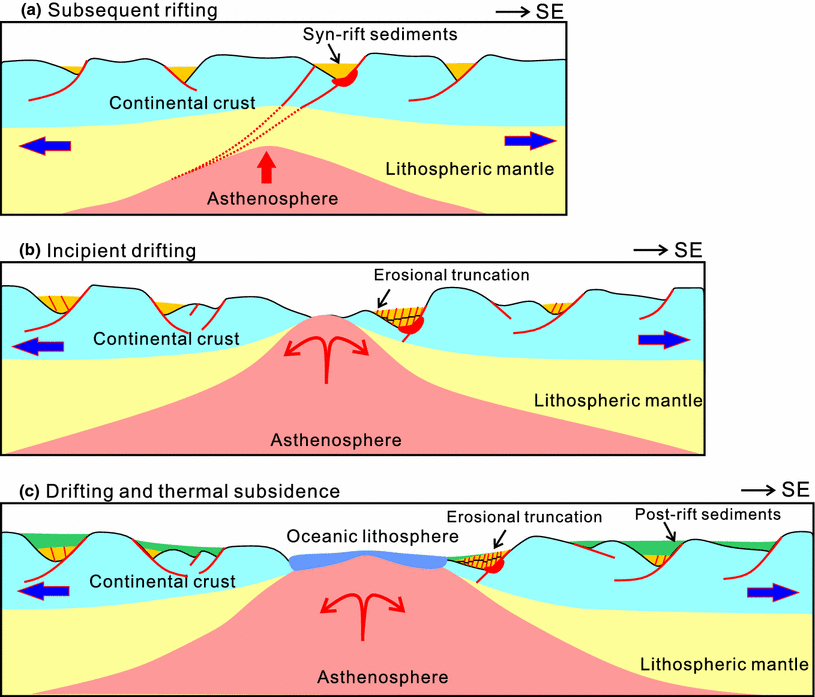
Progradation
to build out (more continental margin). Numbers indicate sediment age, with 10 being oldest

Salt diapir formation
Salt is less dense than the sediment surrounding it, so in cross section, you can see that it tends to move upwards in a dome like shape while folding the layers around it. Associated with rift and drift
Intracratonic rift basins
Depressions in old parts of earth's crust that form within stable continental blocks (cratons) due to extension. Show significant, long-lived subsidence and are filled with thick sequences of sedimentary rocks deposited by lakes and rivers. Located entirely in a landmass
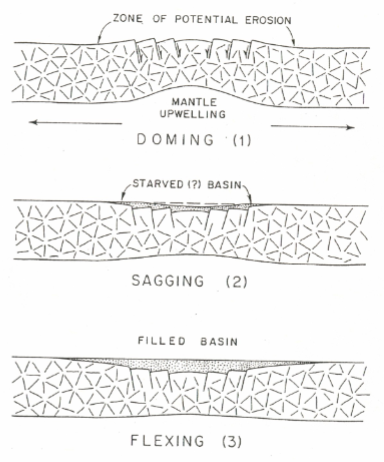
Thermal contractive cooling
Rock cools as it moves away from the mid-ocean spreading center. As it cools, it shrinks and becomes more dense, causing it to sink lower and generate accommodation space
Inland rift settings
Denser volcanic (basaltic) sediments settle below in the trough of the rift while lighter sediments rise to the top
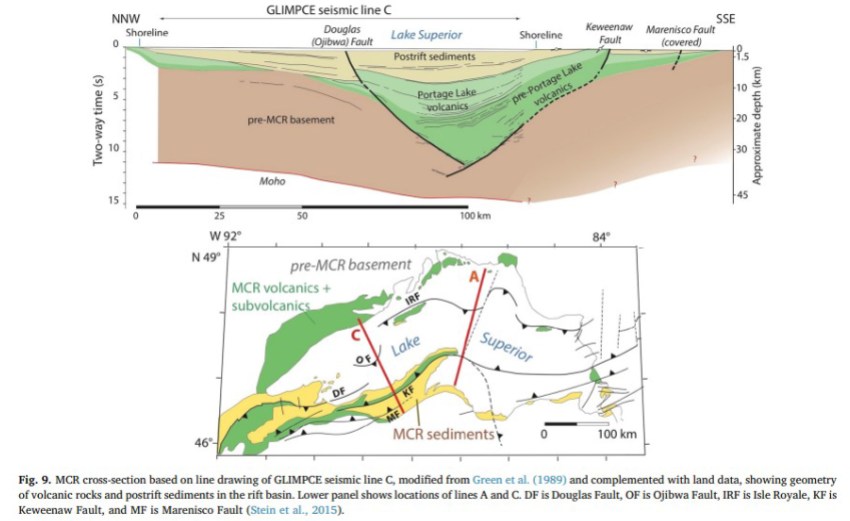
Aulacogens
Failed rift arms characterized by thick sections of shallow water sedimentation. The rift started to form, but could not form into an active oceanic basin (Mississippi river)
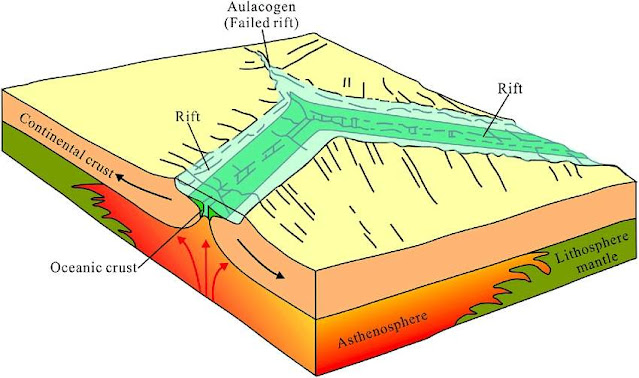
Oceanic trenches and slope basins
Formed by the flexure of the down-going slab in a subduction boundary. Dominated by accretion tectonic and oceanic sediments. May result in slope basins; subduction complex becomes highly deformed. Low geothermal gradient
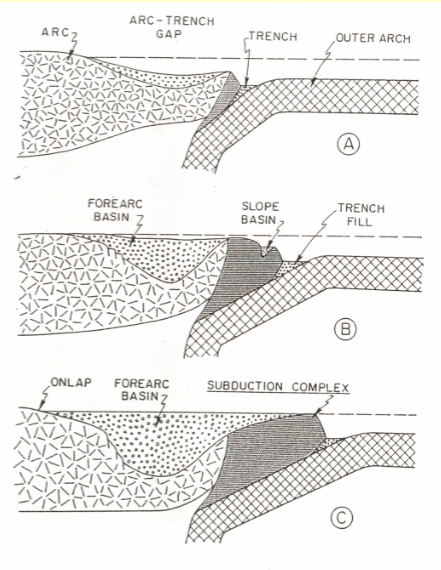
Forearc
a region in a subduction zone between an oceanic trench and the associated volcanic arc
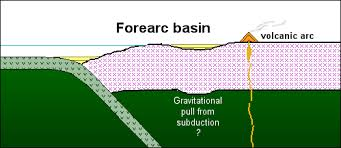
Remnant ocean basin
Dominated by deep water turbidites (flysch) and volcanics. Coarse tectonic clasts pile on top from erosion of continents; a small, shrinking basin that forms during the late stages of continental collision, where an oceanic basin is caught between two colliding continents or a continent and an island arc
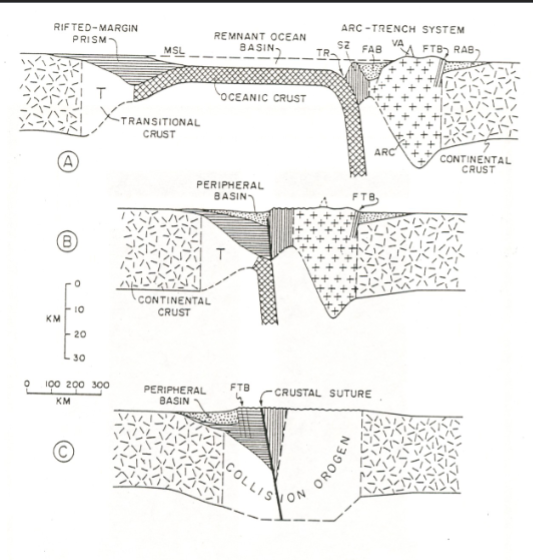
Molasse
sedimentary sequence, typically found in foreland basins, characterized by clastic rocks like sandstones, conglomerates, and shales. Usually overlain on top of flysch
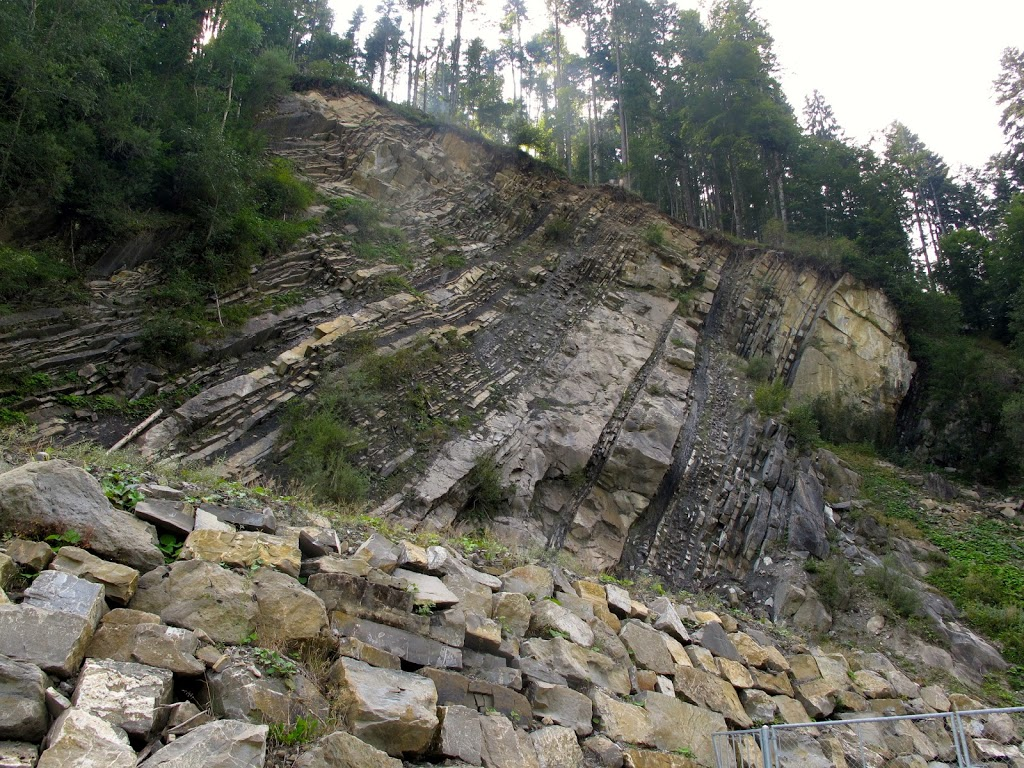
Foreland-style basin
Montana is mostly one of these. Sediment basin formed parallel to a mountain belt. Would see mostly sedimentary rocks here (sandstone, limestone, chert)
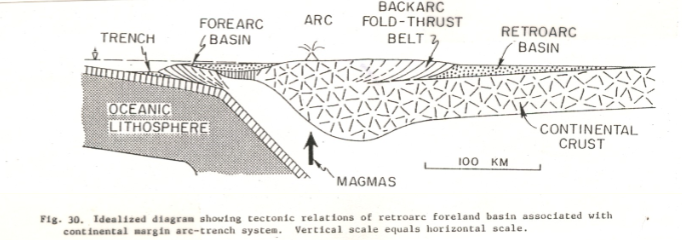
Trans-pressional and Trans-tentional basins in strike-slip faults
Involve an en echelon or curved strike-slip fault at constraining or releasing bends. Occur in wide variety of settings; characterized by rapid, complex facies changes
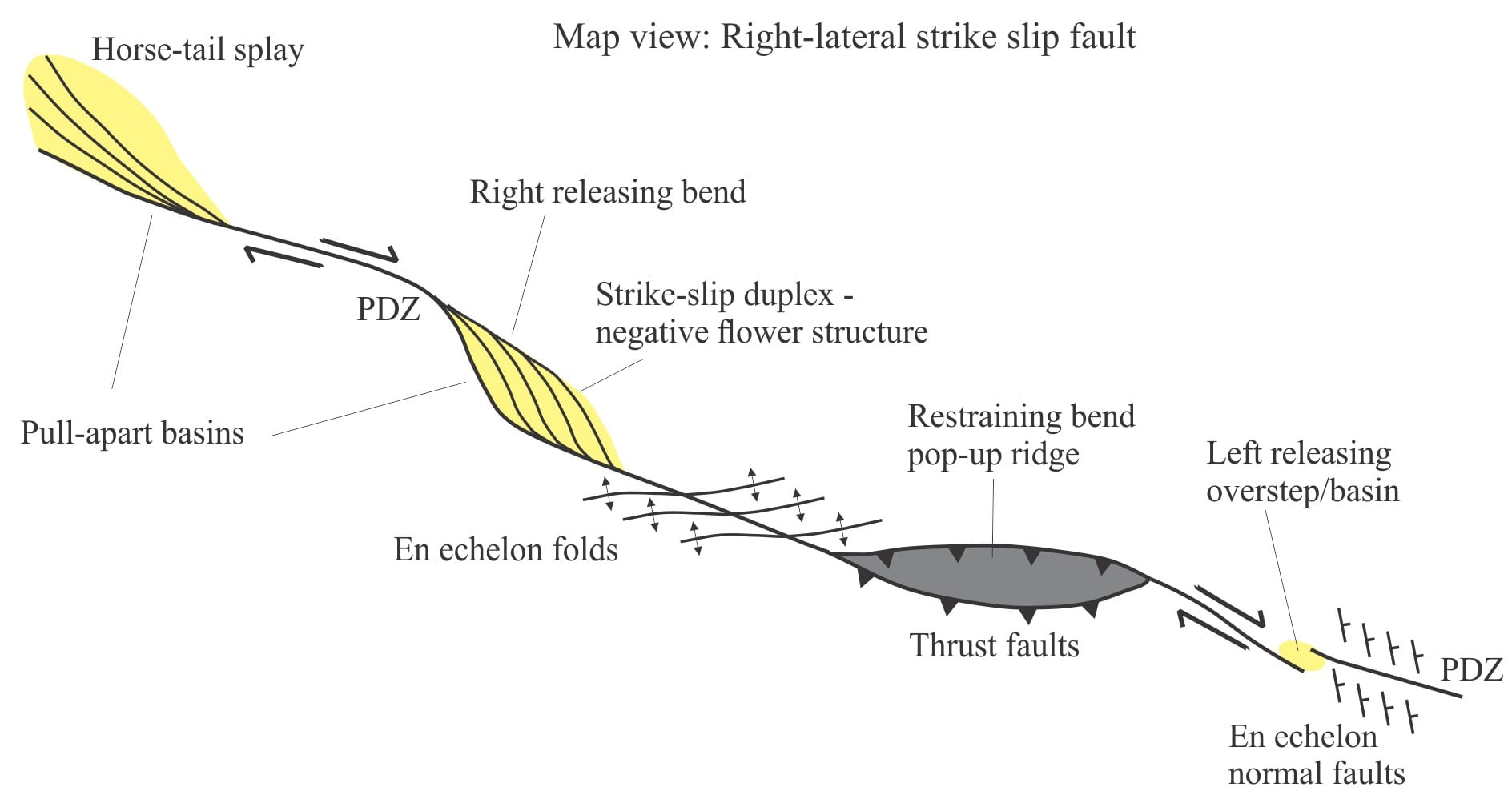
Restraining step
a step or bend in a strike-slip fault where the fault segments are oriented to produce local compression, causing crustal shortening, uplift, and mountain or hill formation (California)

Releasing step
discontinuity in a strike-slip fault system that creates a zone of extension. Causes the crust to subside and depress
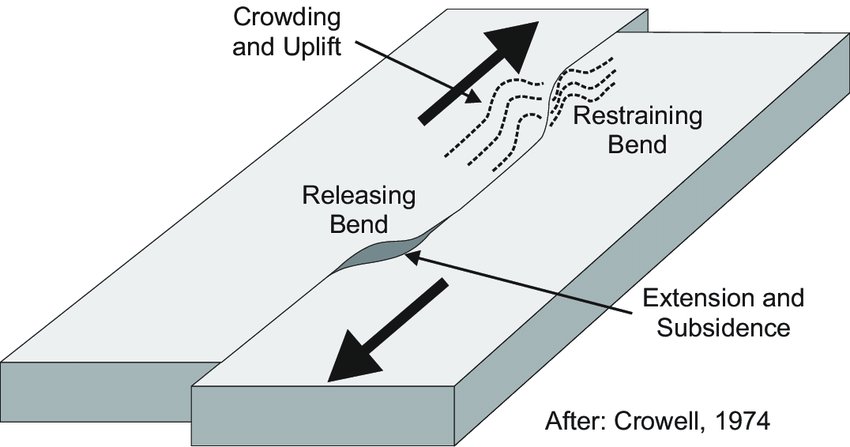
How to recognize conglomerates
Form thick beds and often spires. Coarse grained and may be uniform in clast type or not. An example is the clasts in Yellowstone; many clasts are similar and appear to have been deposited by sediment flow
Fluvial/alluvial conglomerates
Clasts are very well rounded, and have many different colors. Clasts are also often touching (clast supported), and are imbricated. Not all are the same size but have similar composition
Glacial diamict
terrigenous sediment that is unsorted to poorly sorted and contains particles ranging in size from clay to boulders. Akin to glacial till; abundant mud matrix
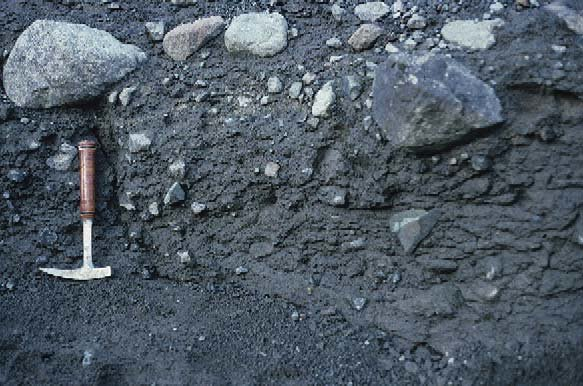
Cata-clastic breccia
Tectonic breccia - Form as a result of tectonic activity (fault breccia, fold-thrust etc). Rock is crushed and broken, and then reoriented
Landslide breccia - breakage of rock due to tensile stress and impact during sliding of rock masses
Collapse breccia - breakage of brittle rock due to collapse into an opening created by dissolution/other processes
Epiclastic conglomerate/breccia
Extraformational - Form from breakdown of older rocks of any kind through weathering and erosion; deposition by fluid flows, and sediment gravity flows
Intraformational - form from fragmentation of weakly consolidated sedimentary beds, deposition by fluid flows, and sediment gravity flows
Volcanic breccia
Pyroclastic breccia - form as result of explosive volcanic/steam eruption, deposited via pyroclastic flow or air fall
Autobreccia - breakup of viscous, partially congealed lava through movement
Hydroclastic breccia - shattering of hot, coherent magma into glassy fragments after contact with snow, water, or water-soaked sediment
Solution breccia
Insoluble fragment that are left behind after the dissolution of more soluble minerals in a rock; eg chert clasts after limestone dissolution
Impact (meteorite) breccia
Form from shattering of rock upon impact with the ground